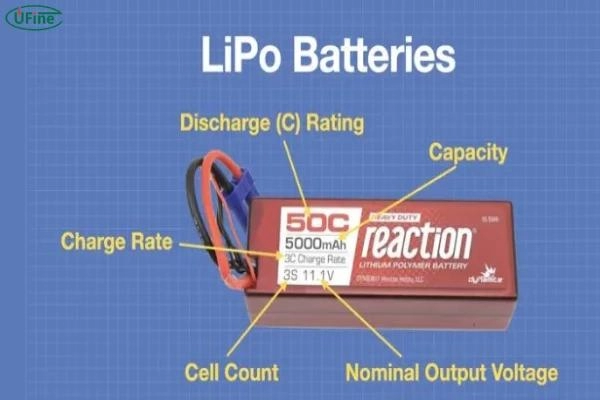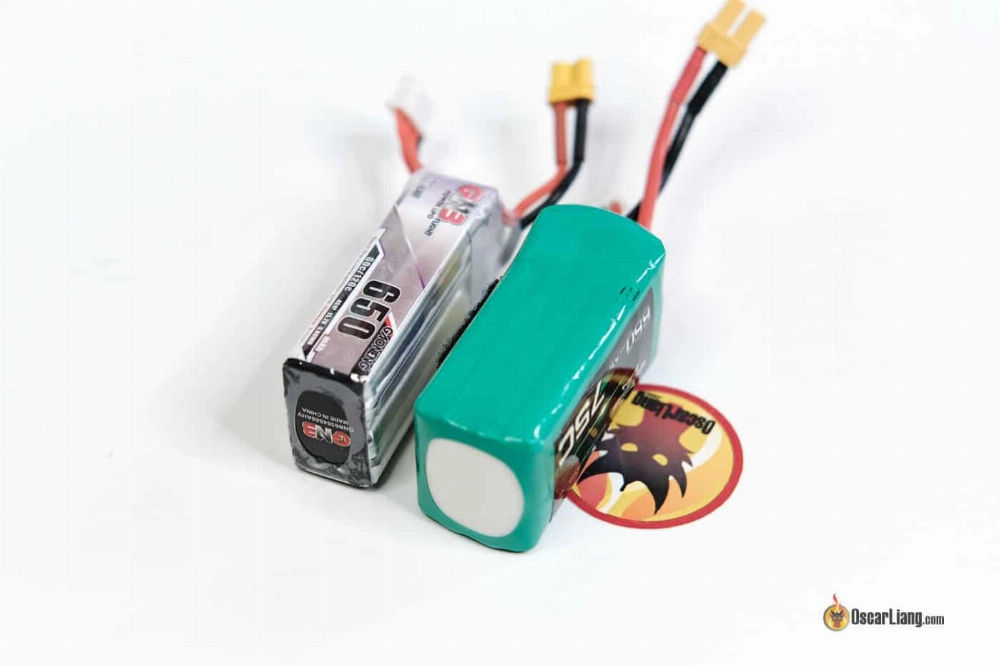The “C” rate of a battery is a crucial factor in understanding its performance, especially for lithium-ion batteries, which are widely used in various applications. This article explores the meaning of C-rate, how to calculate it, and the factors that influence variations in C-rates across different types of batteries.
Part 1: Understanding Battery C-Rate
Definition of “C” Rate
In the context of lithium-ion batteries, the “C” rate is an important metric that reveals how quickly a battery can be charged or discharged without causing damage. It reflects the battery’s ability to deliver current relative to its capacity. For example, a battery with a C-rate of 10 can discharge at ten times its nominal capacity without overheating or suffering damage. This helps users determine whether the battery meets the power requirements of the device, thereby ensuring efficient operation.
Why is Understanding “C” Rate Important?
Understanding battery C-rate is crucial for anyone using lithium-ion batteries. It directly affects the battery’s performance, safety, and lifespan. Understanding this rate allows users to choose batteries that meet the power needs of their devices. This ensures they operate optimally without the risk of damage or failure. Knowing the C-rate can effectively prevent overloading and avoid safety issues such as overheating or battery damage. In summary, understanding C-rate extends battery life and enables safer, more efficient use across applications, enhancing the user experience.
Part 2. Battery C-Rate Chart
The following battery discharge C-rate chart illustrates the relationship between the C-rate and the corresponding discharge time. The C-rate represents the discharge rate relative to the battery capacity, while the time represents the time required for the battery to discharge at that rate. For example, a 1C rate means that the battery will release its full capacity in one hour, while a 2C rate will shorten the discharge time to 30 minutes.
| C-Rate | Time |
|---|---|
| 1C | 1 hour |
| 2C | 30 Minutes |
| 5C | 12 Minutes |
| 10C | 6 Minutes |
| 15C | 4 Minutes |
| 20C | 3 Minutes |
This chart helps users understand how different C-rates affect battery discharge duration, guiding them to select the best battery for their power needs and applications.
Part 3. Why C-Rates Vary Between Batteries?
Chemical Composition
Different types of batteries have different C-rates. For example, lithium-ion batteries, commonly used in smartphones and electric vehicles, generally have higher C-rates compared to nickel-metal hydride batteries. Lithium-ion batteries can withstand higher power outputs without easily overheating, so the C-rate is usually higher. For more details on lithium-ion batteries, check out this What is a Lithium-Ion Battery? article.
Battery Construction and Design
The design and construction of a battery play an important role in its C-rate. Batteries with larger electrodes and advanced designs can handle higher power levels. For example, racing drone batteries are specially designed with ultra-thin electrode layers to maintain structural stability while releasing a large amount of energy.
Material Quality
Batteries made from high-quality materials usually have better C-rates. For example, well-known brands of power tool batteries are known for their high-quality components and advanced technology, which can maintain stability under high power loads.
Intended Application
The intended purpose of a battery directly affects its C-rate. Batteries designed for high-performance applications, such as remote control cars or drones, typically have higher C-rates because they need to deliver power quickly. Conversely, batteries used in low-power devices, such as remote controls, are typically rated for lower C-rates.
Manufacturer Specifications and Innovation
Manufacturers employ unique technologies and innovations to improve battery C-rates. Because each company incorporates its own advancements into battery design, C-rates vary across brands and battery types.
Exploring Battery C-Rates: Formulas, Calculations, and Frequently Asked Questions
Part 4: Calculating Battery C-Rate
Formula and Calculation
Calculating the C-rate of a lithium-ion battery is a straightforward process that requires basic battery specifications. The steps are as follows:
Determine Battery Specifications
First, gather essential information about the battery, such as its nominal capacity and maximum continuous discharge current. These specifications are typically provided by the manufacturer and can be found on the battery label.
C-Rate Formula
The C-rate of a battery is determined using the following formula:
C-Rate = Maximum Continuous Discharge Current / Nominal Capacity
Substitute Values
Once you have the required specifications, substitute them into the formula.
The capacity is typically given in Ampere-hours (Ah) or milliampere-hours (mAh), while maximum continuous discharge current is given in Amperes (A).
Perform Calculation
Divide the maximum continuous discharge current by the nominal capacity to obtain the battery’s C-rate.
Calculation Example
Consider a lithium-ion battery with a nominal capacity of 2000mAh (2Ah) and a maximum continuous discharge current of 10A.
C-Rate = 10A / 2Ah = 5C
Therefore, the C-rate of the battery is 5C.
C-Rate vs. Capacity and Current
Charging and Discharging Capability
The C-rate defines how much power a battery can deliver relative to its capacity.
Relationship Between Capacity and Current
The C-rate represents the ratio of the maximum discharge current to the battery’s nominal capacity. For example, a 10C-rated battery can discharge at 10 times its nominal capacity.









